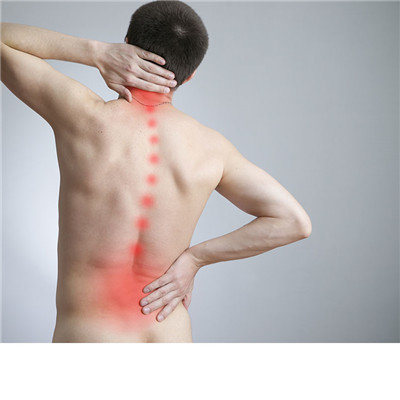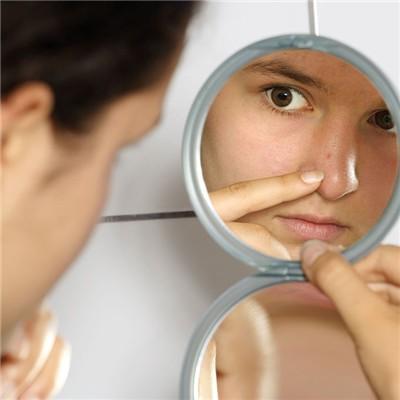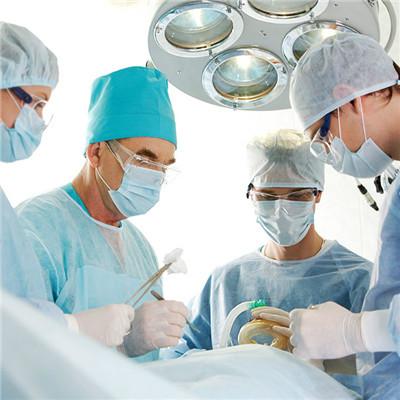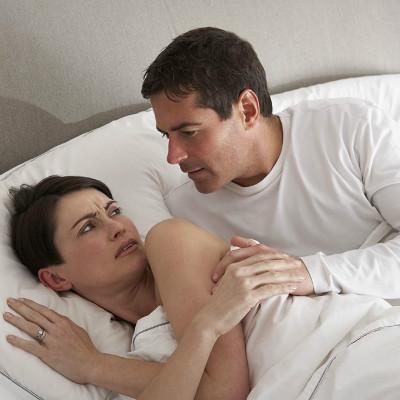What symptom does lumbar disc protrusion have?
summary
Lumbar disc herniation is not strange to everyone. It is not easy to be found in the early stage. When the body is abnormal, the lumbar disc herniation is already a bit serious, which not only increases the difficulty of treatment, but also causes more serious damage to the patients. Therefore, understanding the symptoms of lumbar disc herniation is very important for early detection and treatment.
What symptom does lumbar disc protrusion have?
Claudication: claudication is generally intermittent, that is, after walking for a certain distance, there will be pain and weakness in the lower limbs. After bending or squatting, the symptoms can be relieved, and you can continue to walk. With the development of the disease, the symptoms gradually worsen. The standing time or walking distance before the symptoms appear will gradually shorten. The shorter the walking distance is, the more serious the disease is.

Lumbocrural pain: lumbocrural pain is easy to attack after trauma, fatigue and cold, lasting for about 2-3 weeks each time, which can be gradually relieved. Any factors that increase abdominal pressure, such as cough, forced defecation, laughing, sneezing, lifting heavy objects, chronic cough, may cause lumbocrural pain, or aggravate the lumbocrural pain.

Numbness: some patients with lumbar disc herniation will have numbness of limbs. The lateral thigh is a common numbness area, and there will be burning feeling when wearing clothes and pants.

matters needing attention
Limited activity: due to the protrusion of nucleus pulposus, the nerve root is compressed, and the psoas muscle is in protective tension, which can occur on one side or both sides. Due to the tension of lumbar muscle, lumbar lordosis disappeared.














